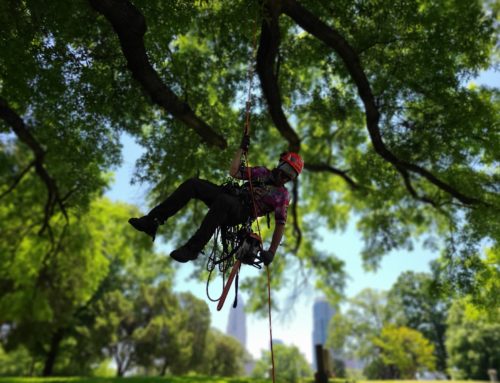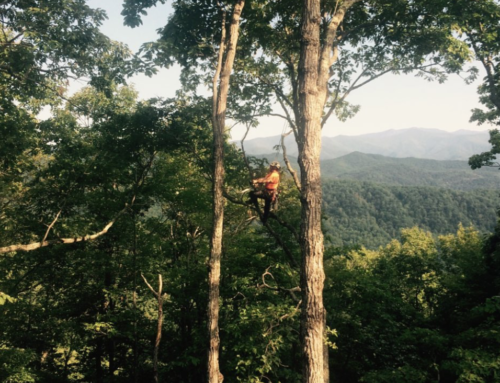-Chris Diffley
It’s the most wonderful time of the year! I know there are crazy people who enjoy the summer, but for me, there is no better time than fall. The relief from the summer heat, the beauty of the leaves changing, the upcoming holiday season, all combine to make autumn the undeniable BEST SEASON (feel free to email me chrisd@heartwoodtree.com to be told why you’re wrong in further detail).
But with fall, winter inevitably follows (close runner up in the ranking of seasons). For most trees, it’s a time for napping and generally doing nothing, which I’m totally on board with. This means it is also a great time for soil remediation. Believe it or not, most soil in urban and suburban environments isn’t all that great. Construction removes most topsoil, and the clay that remains is often compacted to the density of a brick (Literally: The bulk density for a standard brick is 1845 kg/m3 and wet clay is roughly 1760 kg/m3 compared to topsoil with a bulk density of 1380 kg/m). Not to mention all the living organisms that are there no longer. We then compound the problem by removing the leaf litter that would help to rebuild the once living biome for aesthetic purposes or to keep those new fescue seedlings alive. We’ve pulled the tree kicking and screaming out of its natural environment and wonder why it struggles.

Thankfully there are solutions to mitigate these issues. Spring and fall applications of soil conditioners with slow release organic fertilizers, beneficial bacteria, and fungi (such as our proprietary arborplex) replenish materials lost by the removal of organic matter such as leaf
litter. Soil decompaction using an airspade can help alleviate that soil density and incorporate topsoil into the existing soil, helping to slowly improve the structure and provide a better medium for root development. Plant growth regulators, such as cambistat, can also help slow the top growth of mature trees and redirect that energy into root and defensive compound development. These are all potentially good things to do for your trees if you love them.
 Another use of the airspade is root collar excavation. Unfortunately, the root flares of most planted trees stand very little chance of being at the proper depth. Poor nursery practices, poor planting practices, poor mulching practices, and poor grading practices can all lead to the root flare being buried by as much as a foot. The root flare is the point at which the trunk begins to transition into the roots and you get the widening that slopes into the soil. If your tree looks stick-straight headed into your yard, chances are at some point the flare was buried. This can lead to overall poor health, and eventual decline. Using the airspade we can excavate the soil around the base of the tree back to the appropriate grade without damaging the trunk or roots. We can also remove any girdling roots observed at that time (trees will in certain circumstances begin circling their roots around as opposed to out into the landscape, eventually strangling themselves. Winter is the best time to remove these roots without causing additional stress).
Another use of the airspade is root collar excavation. Unfortunately, the root flares of most planted trees stand very little chance of being at the proper depth. Poor nursery practices, poor planting practices, poor mulching practices, and poor grading practices can all lead to the root flare being buried by as much as a foot. The root flare is the point at which the trunk begins to transition into the roots and you get the widening that slopes into the soil. If your tree looks stick-straight headed into your yard, chances are at some point the flare was buried. This can lead to overall poor health, and eventual decline. Using the airspade we can excavate the soil around the base of the tree back to the appropriate grade without damaging the trunk or roots. We can also remove any girdling roots observed at that time (trees will in certain circumstances begin circling their roots around as opposed to out into the landscape, eventually strangling themselves. Winter is the best time to remove these roots without causing additional stress).
Finally, winter is a great time for treating certain pests in the landscape. Using horticultural oil sprays, we can treat many overwintering insects and eggs that may not be susceptible to treatment at other times of the year. Things such as mites, many types of scale, whitefly eggs, etc… can all be controlled, allowing for much lower populations at the start of the season.
Let us know if you’d like our arborists to come out and evaluate your property to see if these services are right for you during the long, frigid months till spring (possibly third best, really a toss up between winter and spring and totally dependent on snow).




